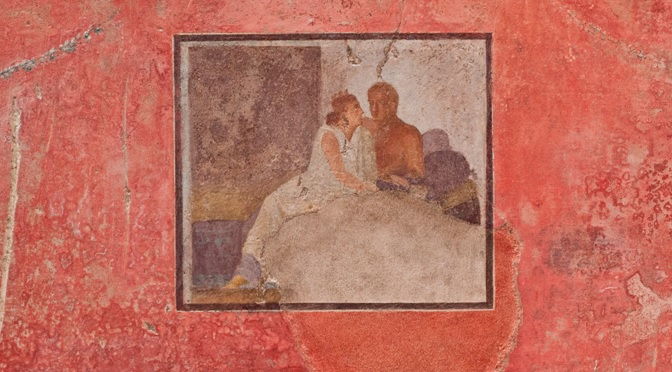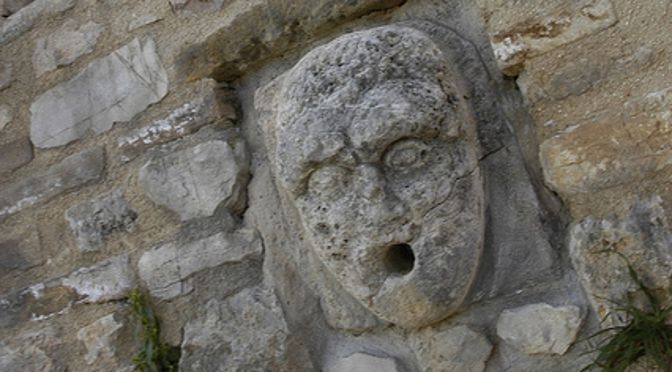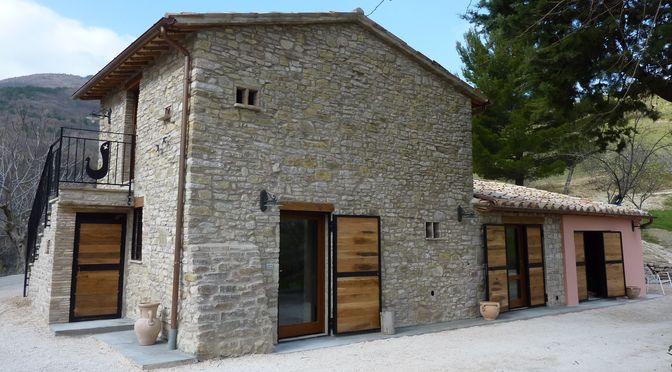Millions of tourists visit Assisi because it is the home of St. Francis: magnificent churches, stone houses rose, antique artwork, fortresses and monasteries. There is, however, an equally beautiful city, little known, hidden among the medieval remains: is the Roman Assisi.
In the era of ancient Rome, in fact, Asisium was an important reference for the territory, wealthy merchants who owned luxury villas inhabited it and it was renowned as a thermal town. The roman domus, discovering and restored in recent decades, have just completed a framework consisting of important finds in excellent condition: two forums, the amphitheater, the circus, the theater, the funeral tower of Gens Petronas, some monumental cisterns for water, to name only the most important one. All this monuments has come down intact to us because the medieval city was built on and or around the remains of the roman one; I wonder, then, what there might be undiscovered!
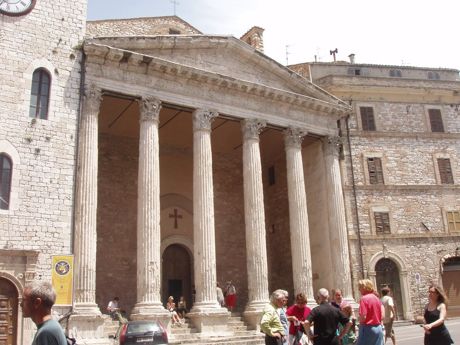
Examples of the hidden wonders inside Assisi underground are two patrician houses found recently: the Domus of Propertius (I century d.C.) and the Domus of Lararium. The first one is located under the apse of the church of Santa Maria Maggiore, in front of the place where St. Francis renounced his father’s wealth. In this noble domus we still see some frescoed rooms with marble floor mosaic, a covered porch with Pompeian style decorations, composed of branches and small flowers on which it bases colorful birds.
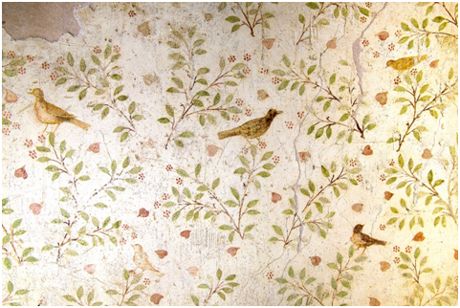
The Domus of Lararium, built in the imperial era, is located under some historical buildings of Assisi (the Civil Court of Giampè Palace, a building used for the Calendimaggio feast and the Cardinale Palace) and it has significant dimensions (500 square meters of living space). It is the last in order of time to be discovered and restored. Inside we can see the typical structure of the Roman house, with a garden porch (peristyle) on which revolve other household rooms. Located seven meters below street level, the domus has beautiful mosaics and frescoes in exceptional state of preservation, as you can admire only in Rome and Pompeii. The wedding picture found in the bedroom (cubiculum) of the mistress and the refined mosaic floor are examples of the huge archaeological importance of that discovery and they are a real joy for the eyes.
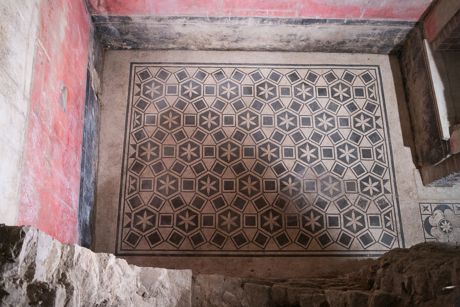
The focus of social, economic and administrative of Assisi’s life was the Roman Forum, still visible under the current Piazza del Comune. The place was dominated, then as today, by the imposing Temple of Minerva, the present church of Santa Maria sopra Minerva; they were placed: the monumental court, with the podium and the seats for the judiciary, the tetrastyle temple dedicated to the Dioscuri, the cistern and the tabernae. Entering from a the small entrance of via Portica, we fall below the medieval square, returning to admire the rich and refined Roman Assisi; it is an experience with a strong visual and emotional impact.
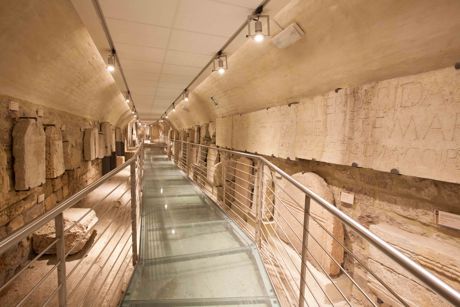
It is difficult to list briefly the totality of the Roman ruins located in Assisi, some of which are located inside private residences and business activities. It’s a must a short passage: to the Cathedral of San Rufino, in the parking of Piazza Matteotti and inside via of the Amphitheatre, around which an entire medieval quarter was born on the ruins of the Roman Amphitheatre. The Roman Forum has an entrance fee and the Roman Domus are visited by reservation, the rest can be visited for free.
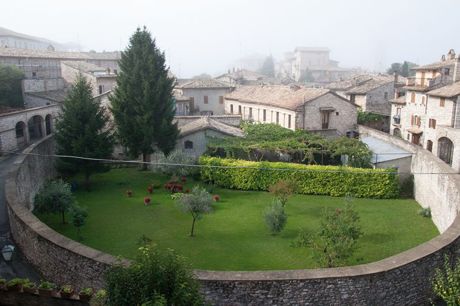
For information, you can refer to the seat of the Forum of Via Portica, 2 (tel. +39.075.8155077) or contact the hotel of Assisi recommended by Park Subasio. One of them, Tor of Mammoni, is located a short walk away the Amphitheatre and inside there is still visible the aqueduct used to Roman naumachie.

